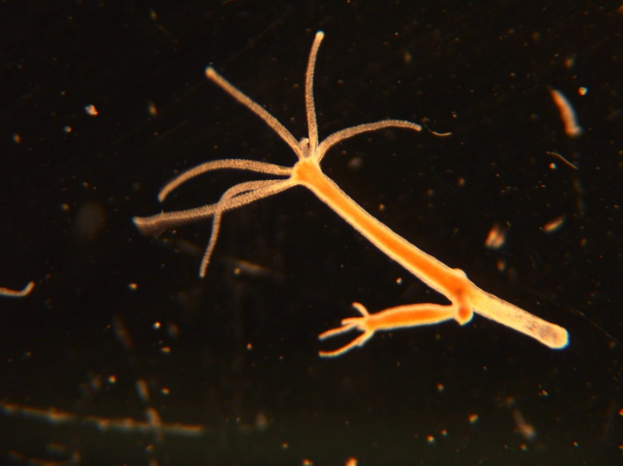Our Research
The González-Pech Lab explores how marine and freshwater holobionts—animals and the microbes that live closely with them—evolve, diversify, and respond to global environmental change. We use cutting-edge genomic approaches to uncover how these intimate partnerships shape the biology of both hosts and symbionts. Our work primarily centers on zooxanthellate invertebrates, which harbor symbiotic dinoflagellates from the family Symbiodiniaceae, and we are now expanding our research to include Hydra, another fascinating model for studying symbiosis with photosynthetic microbes.
-
Evolution and diversification of zooxanthellae
Zooxanthellae, the symbiotic dinoflagellates that live within corals and many other marine organisms, display remarkable ecological, genetic, and genomic diversity. We proposed that, much like in bacteria, the genomes of Symbiodiniaceae (and of other eukaryotes) can be shaped by their intracellular symbiotic lifestyle. The González-Pech Lab is actively testing this hypothesis by uncovering genomic signatures of symbiosis. We are also exploring other mechanisms that drive genome evolution and diversification in these microalgae, whether or not they are linked to symbiosis. To tackle these questions, we integrate comparative genomics and phylogenomic approaches.
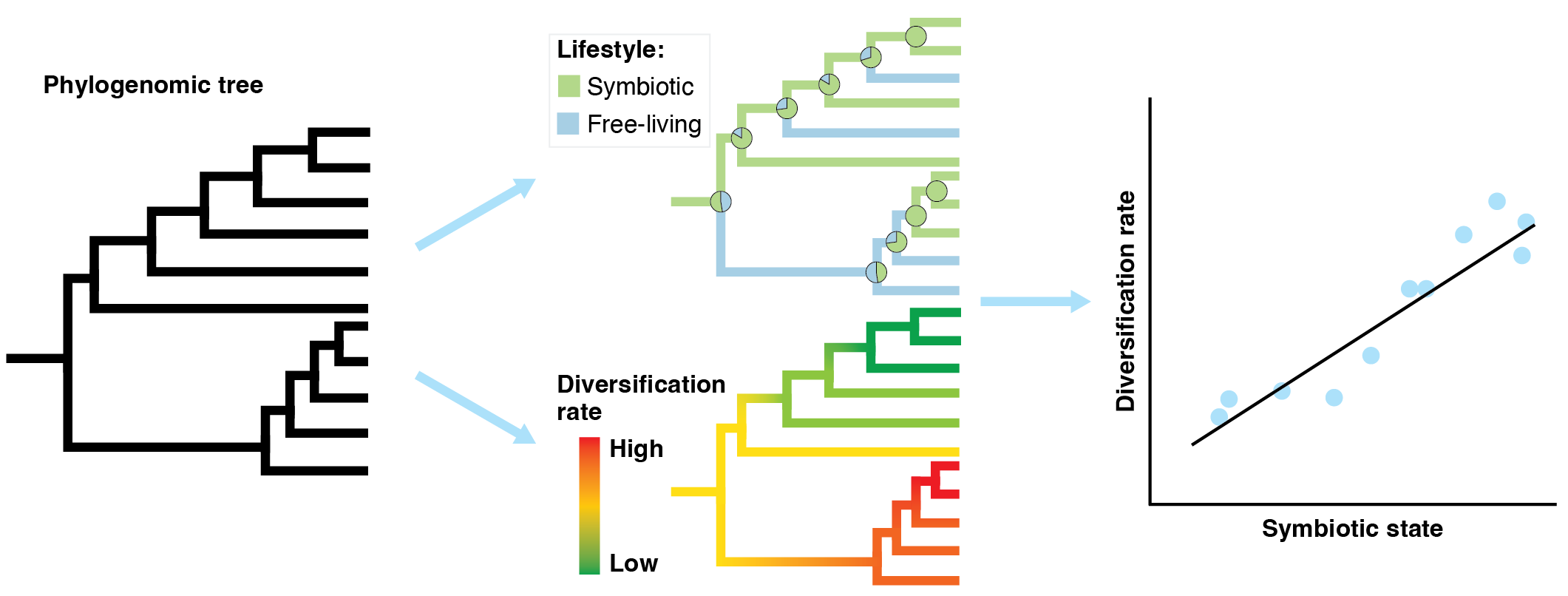
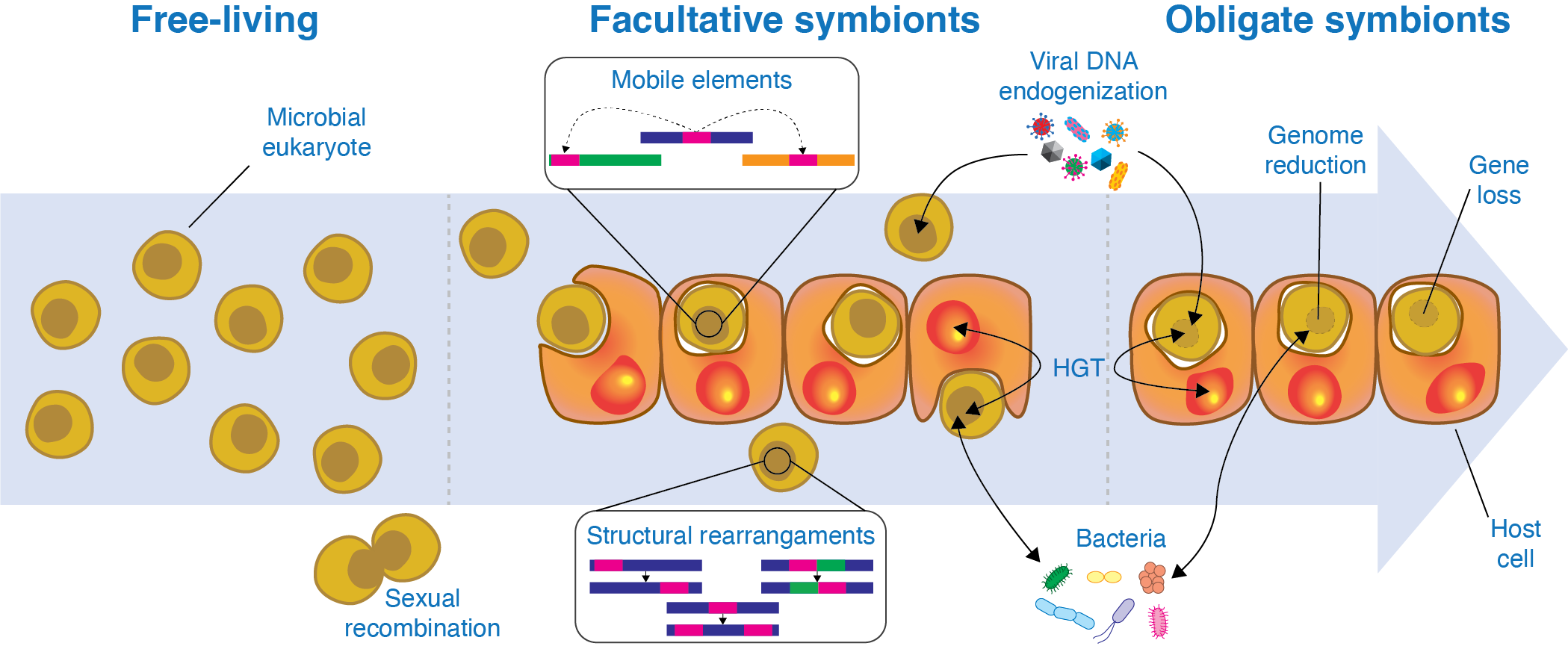
-
Responses of invertebrate holobionts to environmental fluctuations
The González-Pech Lab uses a wide array of omics approaches—including genomics, transcriptomics, metabolomics, epigenomics, and metagenomics—to uncover the cellular and molecular processes that shape how marine and freshwater invertebrates, and their microbial partners, respond to environmental stress.
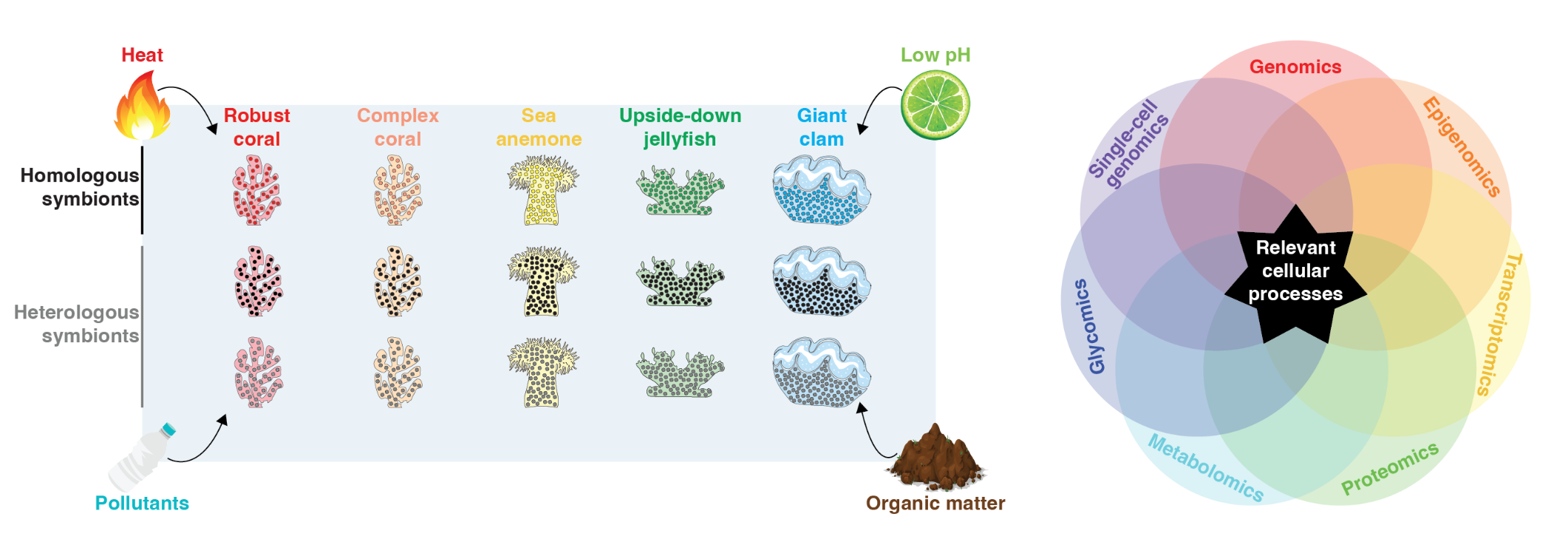
One example is our recently developed approach to reconstruct the historical responses of coral holobionts to changing environments. This effort brings together a multidisciplinary team integrating sclerochronology (the study of periodic growth in hard tissues) with ancient DNA and metagenomic techniques to reveal how corals, and their microbes, change over time.
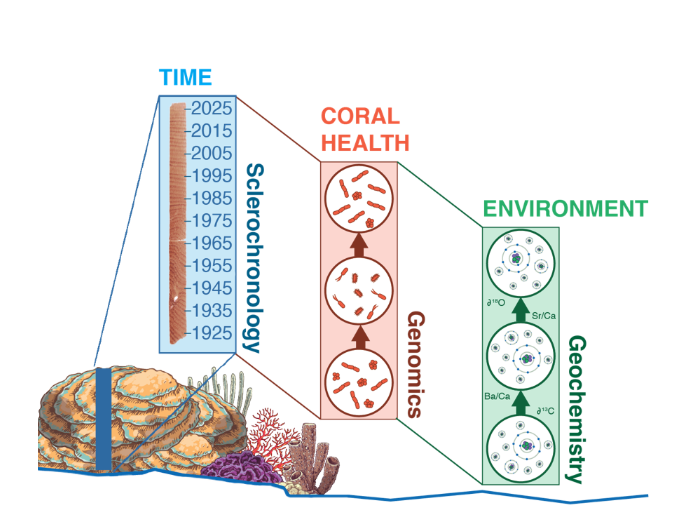
-
Hydra as a model study for symbiosis
We are currently collecting local populations of both symbiotic and non-symbiotic Hydra to establish experimental lines for studying symbiosis. Hydra offers a powerful comparative system for understanding cnidarian–algal interactions: unlike corals and most marine cnidarians that host dinoflagellate symbionts, Hydra forms partnerships with green algae in freshwater environments. Beyond symbiosis, we are also interested in exploring fundamental aspects of Hydra biology and ecology, using this model to uncover broader principles of host–microbe relationships.
